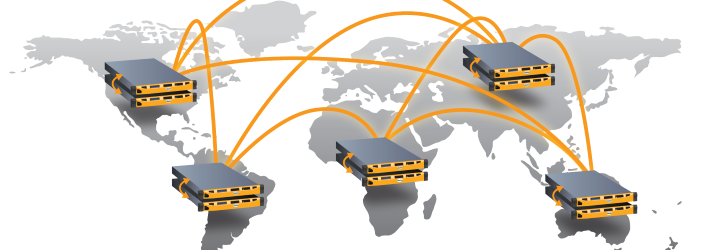
This is my second post on my review of COMPIT 2016. My previous post is:
As-Built: COMPIT 2016 Review (Post 1 of 3)
It was good to see that the subject of cloud computing was being discussed again.
I recall a few COMPITs ago that I mentioned I was surprised by the lack of use of cloud (infinite computing) in our industry because there are so many areas where it could be beneficial. This is especially true when we are defining the characteristics of a ship as well as optimizing the ship (general arrangements, hull form, etc.). The number of variables used for many of the different types of analysis is staggering.
Rethinking our Strategies for the Cloud
The main difficulties from my understanding are that we are confined to a very limited amount of space and the two environments a ship travels in (water and air) make it orders of magnitude more complex than aerospace, for example. Optimizing for one function such as general arrangements affects the vessel’s physical characteristics, which affects it performance and maintenance, which affects power and propulsion and many more items in a cyclic feedback loop, all of which affects the initial and running costs of the ship.
These enormous amount of variables have caused us to focus on algorithms which are based on a scaled down and simplified set of rules and data. However, it is time to rethink what we have to “simplify” as well as generate new algorithms that can leverage today’s technology landscape such as the clouds’ infinite computing power.
One of the presenters asked a simple question:
Why not just put the algorithms we use today in the cloud?
There are two answers to why this will have limited benefit albeit with some benefit:
- Most algorithms are not designed to be parallelized and therefore cannot take advantage of cloud computing. The thing about cloud computing is if what you are doing is not parallelizable then you get little performance improvements. You can run multiple instances to be able to run multiple analyses but that is more of a short term goal.
- The algorithms are based on a simplified model already that means if we just run them in the cloud we would get the same approximate values. This has benefit but not by orders of magnitude which is what we need.
To achieve the real goal of cloud computing we will need to rethink the algorithms that we use today and not just attempt to re-factor them to be parallelized. If we just parallelize today’s algorithms we will get results faster but the benefits of using a more complete data set with more variables and inputs is what we need to reach for. With storage and parallel computing power becoming more accessible and cheaper every day, these newly engineered algorithms need to take into account the reality of today and the trends of the future.
In the paper/presentation Trends in CFD Illustrated Exemplarily for Competitive Sailing Yachts there were several quotes which aligned with my thinking:
The architecture of future supercomputers will be much more parallel than in the past. These new computer architectures will require new algorithms (or computing strategies).
And
Progress in hardware and software have resulted in CFD surpassing model tests as the preferred approach for many applications in the maritime industry.
Software Containers
Another interesting presentation was about using Docker to package an application such as a CAE program or anything that is process intensive into a single software container to be used in the “cloud” or even on-premise (workstation or server). The example they showed was with Numeca to do some CAE calculations. The interesting part is that you will be able to use the exact same “Software Package” on many different platforms without changing anything. If you want to run an analysis locally on your workstation over the weekend and then move it to the cloud during the week you are able to do that.
Smart Ports
To be honest I never knew how dumb non-optimized ports were these days. It starts from the fact that ports do not know when a ship is going to reach the port. They sometimes have a planned time of arrival but that can fluctuate by several days. The impact of this is huge from a cost and logistics standpoint. It was mentioned that ports run at 40%-50% of their capacity.
This is one of the reasons why there is a huge drive for Smart Ports. However, one of the challenges is that they need to collect information from various sources which are owned by different parties. There was a specific presentation discussing a framework for security and privacy to collect and exchange this information.
Closing Remarks
The use of the cloud will continue to grow in popularity in our industry. The topics presented at COMPIT 2016 only scratched the surface of the benefits of the Cloud as I am sure this is just the beginning of this trend.

